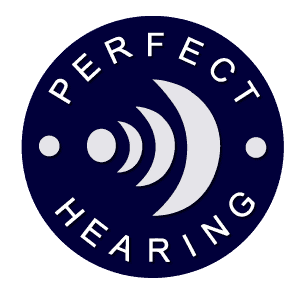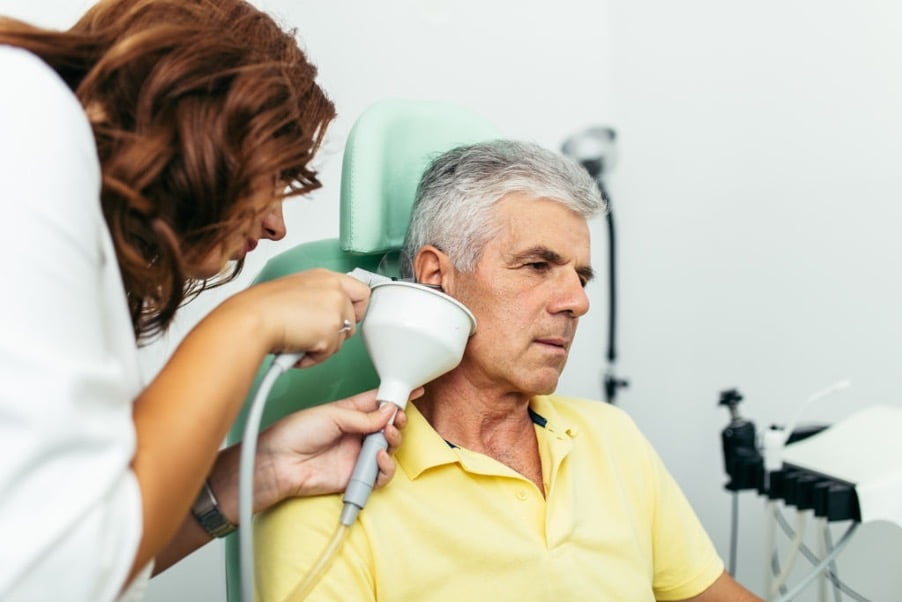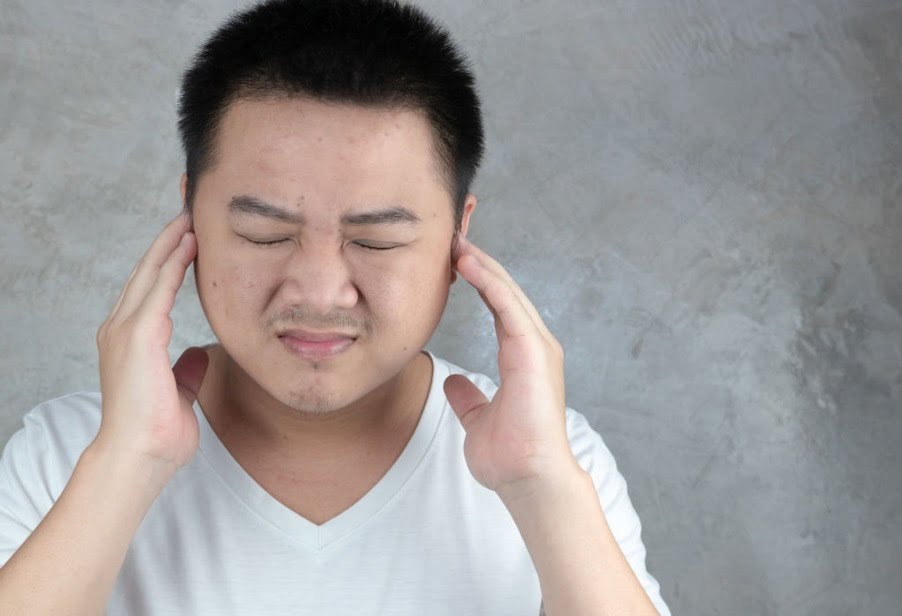Earwax is known medically as cerumen. Earwax plays an essential role in your body as it helps eliminate dirt, debris, hair, and dead skin cells from your ear canal.
Earwax keeps the ear canal from becoming uncomfortable, itchy, and it lowers the risk of infection. Earwax also helps to decrease the irritation of water when it gets into your ear canal.
Although earwax does serve some useful purposes, having too much of it will or may result in the build-up and ear canal blockage.
Your body can produce an excess of earwax leading to this blockage, but also, you can cause the blockage by cleaning your ears with a cotton swab or other item that pushes the earwax further into the ear canal.
Some people choose to treat earwax blockage at home with simple household products like hydrogen peroxide, which also goes by the medical term cerumen impaction.
It is essential to know that earwax removal may be a simple procedure, but if done wrong can have severe consequences to one’s hearing.
Therefore, it is recommended to have a doctor perform ear wax removal procedures.
Symptoms of ear wax blockage include:
- Itching
- Earache (pain)
- Vertigo (a feeling of being unbalanced that could lead to nausea and dizziness)
- A reflex cough (the blockage pressure stimulates an ear nerve)
- Hearing loss
- Tinnitus (ringing sound in your ear)
- A feeling of fullness
Reasons to Remove Earwax
Individuals that their body produces a lot of earwax stand a higher chance of having an earwax blockage and impaction. Swimming can cause excessive production of ear wax for some individuals.
Earplugs and hearing aids keep wax from naturally falling out of your ear, thereby leading to build up inside your ear.
If earwax accumulates and becomes hard, it may form a plug that can block the ear. A blocked ear can be painful and can affect your hearing.
When to See a Doctor for Earwax Removal
While you can treat an earwax blockage at home as mentioned, your ear canal and eardrum are delicate. Therefore, it will be safer to allow your ENT specialist to perform the earwax removal.
You should also visit your doctor if you are experiencing any bleeding or drainage from your ear or if you are feeling any discomfort in your ear.
Book an appointment with a paediatrician if you have concerns that your child has impacted cerumen. The paediatrician will examine your child’s ears and suggest a treatment option.
If your ear wax removal at home is not satisfactory or if you have an accumulation of wax in your ear causing a blockage in your ear canal and/or is affecting your hearing, seek medical attention.
Your doctor will prescribe specific ear drops that will help soften the wax. Or, they may simply wash or vacuum it out. In some cases, your ENT specialist might need to use a microscopic visualization procedure to remove the wax.
The doctor removes earwax blockage using:
- Suction
- Irrigation
- A rubber ball syringe
- A curette
If you have a possible puncture, perforation, or hole in your eardrum, you should visit a doctor before you attempt any OTC remedies.
You might cause an infection if you put eardrops or other products in your ear when there is a perforation or puncture in the eardrum.
If you have a recurring earwax build-up problem, your doctor may prescribe a wax-removal medicine like Carbamide Peroxide.
Carbamide Peroxide drops can aggravate delicate eardrum and ear canal skin, therefore you need to use them according to your doctor’s prescription.
For those who live in Malaysia, please feel free to make an appointment with our ENT specialists in Johor Bahru and Melaka for a full consultation. For more information, feel free to get in touch with us.



